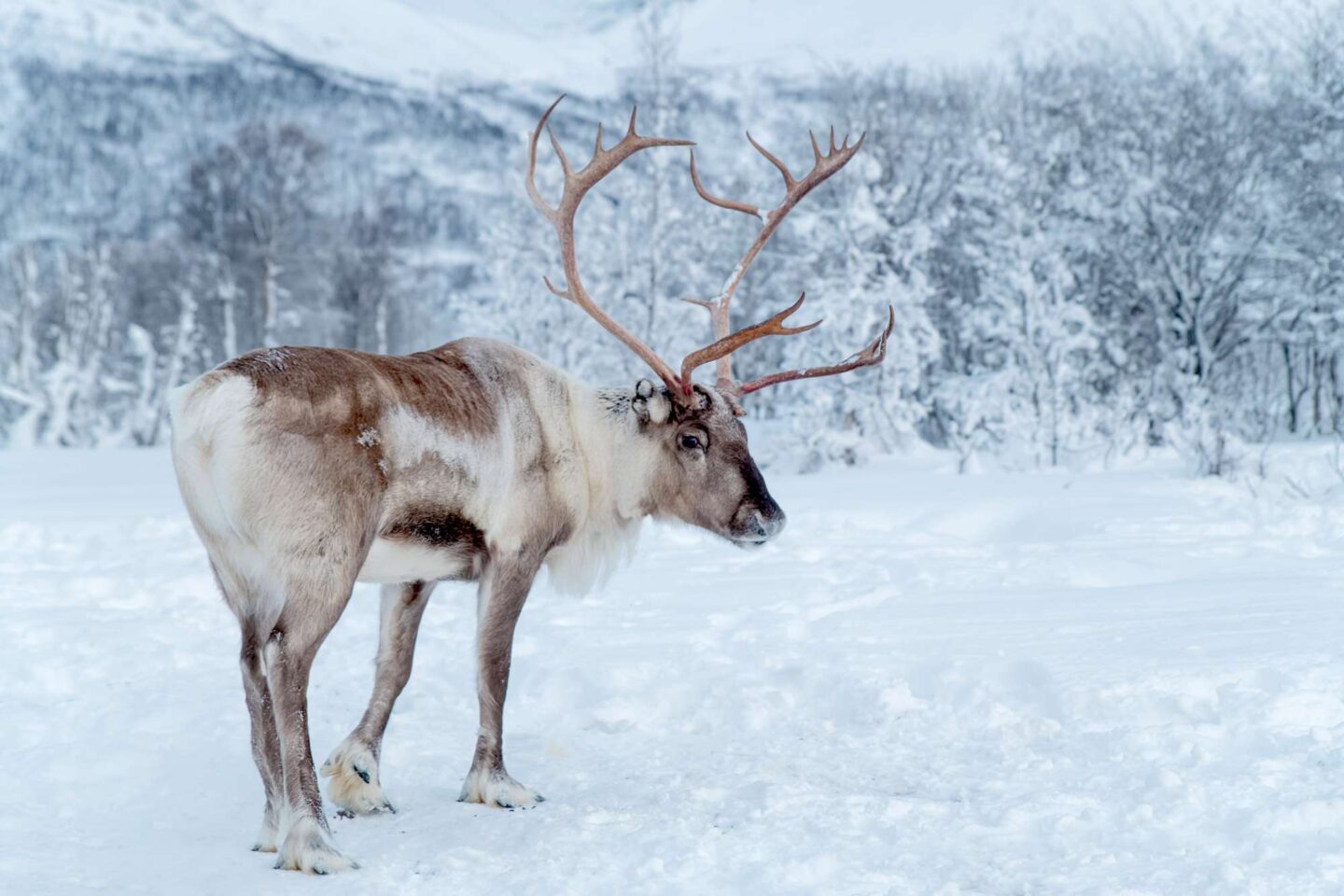
With Christmas just around the corner, we catch up with Lennart Pittja – Sami reindeer herder and owner of Sapmi Nature Camp in Swedish Lapland – to find out what life with the real Rudolph is really like.
“This is a dream come true!” Lennart’s enthusiasm for his wilderness eco camp was clear to see. “It’s very important for me to show people the Sami way of life.”
Inside each of the camp’s traditional laavu tents is a wooden floor, double bed (with sleeping bags and duvets), log burner, a couple of wicker chairs and a small table. It’s not quite full-blown cushion-strewn glamping – but the tipis are wonderfully warm and comfortable. There’s no electricity – oil lamps guide you to your tent and Lennart will provide you with a head torch, as well as polar suits, socks, mittens, hat, boots and anything else you need to stay warm – including a small sauna hut next to the nearby frozen lake shore. The hub of Sapmi Nature Camp is a wooden cabin where Lennart keeps the candles burning and log burner blazing. The single room, adorned with Lennart’s stunning photos of reindeer, landscapes and the northern lights, has a dining table and chairs. Sitting around the table, listening to Lennart describe life as a Sami – their ancient traditions and modern challenges – is both fascinating and humbling.
“Our language, our history, is in the people,” he said. “You sit around the fire and tell stories.”
For the Sami, the year starts in May with the birth of reindeer calves up in the mountains to the west. The reindeer herders patrol around, trying to scare away predators. Brown bears emerging from hibernation are hungry and kill calves. Wolverine, lynx and eagle are also reindeer hunters. Within a day of being born, the reindeer calves need to move if they stand any chance of survival.
Two months later is the time of calf marking. All reindeer in the Sapmi region are owned by someone – there are no wild reindeer. Once the calves are caught (using a long pole with a rope loop) a special pattern is cut in their ear to match their mother’s.
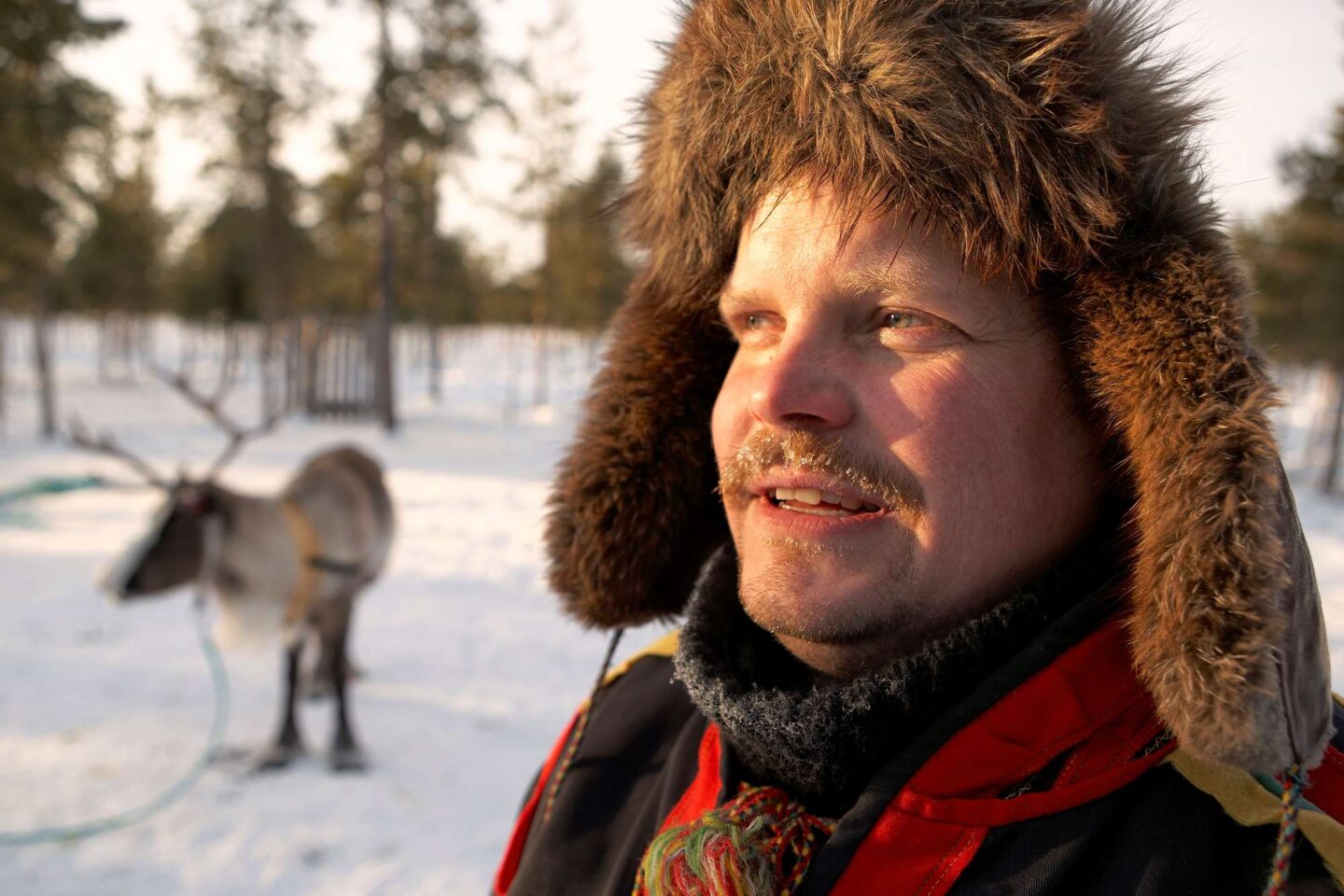
During mid-July, mosquitoes become effective reindeer herders, driving them to the tops of the mountains. “They do a lot of the work for us.”
The reindeer grow fat all summer. By mid-September it’s time for the harvest. Male reindeer aged between three and five are slaughtered when their meat is still young and good quality – and before they come into heat during the October rut when the meat tastes bad.
At the end of November or early December it starts to snow. The lakes and rivers freeze and the reindeer need to be rounded up in the mountains along the Norwegian border and brought back to the east. All the reindeer are gathered – it takes about three weeks.
“You take out your reindeer from the big herd, count them and paint them,” explained Lennart. “In our community, we are allowed to have 8,000 reindeer.”
From December to late March, the herders go out every day with snowmobiles and make a big circle – a snowmobile track – around the herd. They then patrol this daily, checking to see if any hoof tracks cross the circle, indicating that reindeer have moved away in search of new food. When this happens, the whole herd may need to be moved.
Spring-winter is in April. It’s warm and sunny during the day; the snow melts, then freezes at night creating a hard shell which the reindeer find hard to break in their search for food. It’s time to move the herds again.
In May the calves are born and the cycle is repeated.
“For a long time,” Lennart said, “the Sami culture was not considered important by the State. You were punished for speaking Sami. I speak half Sami – for nature and reindeer herding – but I don’t have all the Sami words for everything. We have over 100 words for snow, but not one for war.”
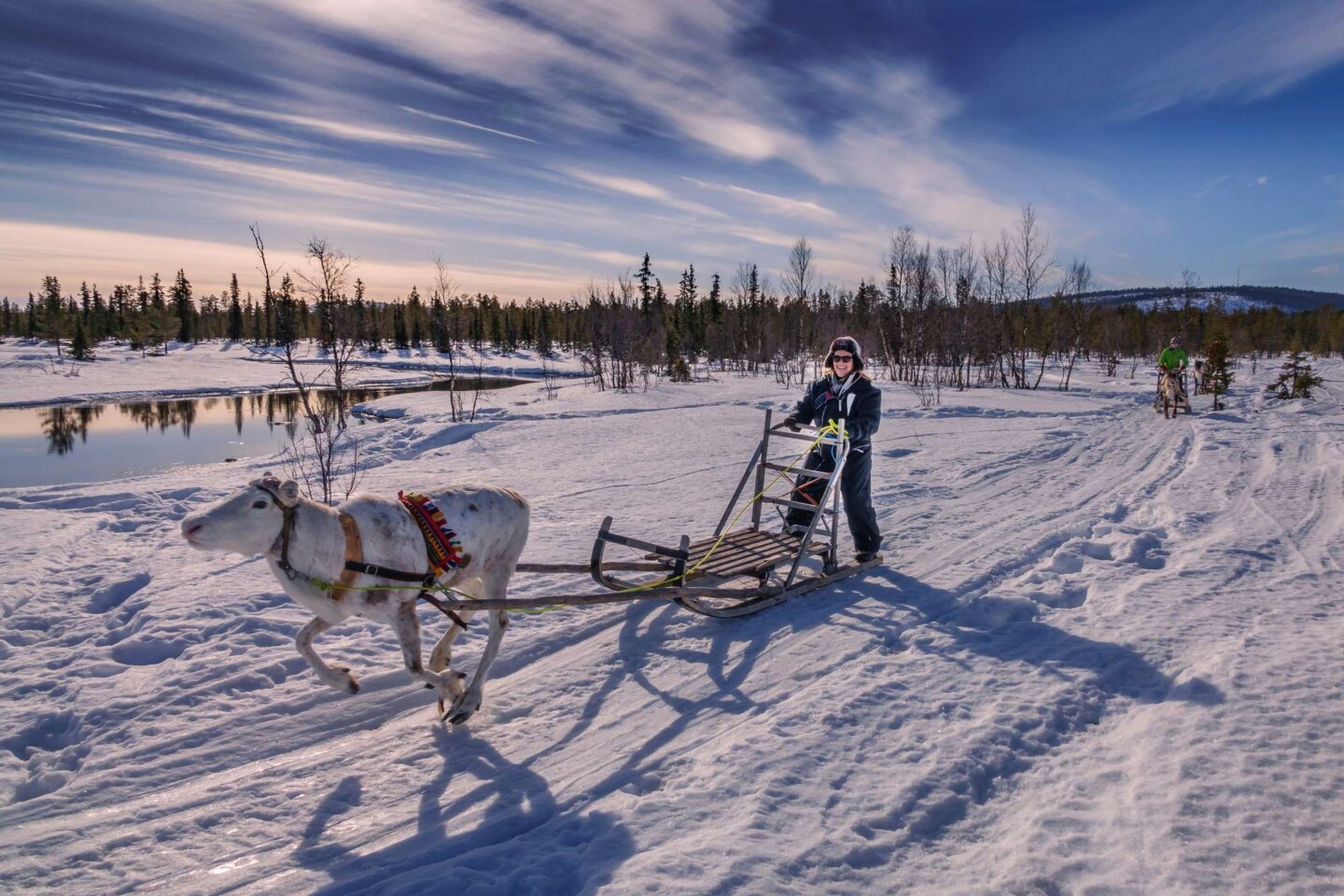
I asked Lennart how he saw the Sami in 100 years from now.
“We need to do something about climate change,” he replied. “No one knows how the reindeer will adapt, but already we are seeing changes. We saw the signs of climate change very early. It is getting warmer earlier in winter, so the ground is not frozen when the first snows come. That makes the ground very wet and when it does freeze it’s like putting plastic over the ground for the reindeer – it’s hard for them to find food.”
For dinner, Lennart served fish roe, collected by his brother. Then Arctic char which he caught himself and cured with a little salt and sugar. “We also slaughtered the reindeer and smoked it ourselves.”
Early the following morning, Lennart stoked the log burners in everyone’s laavu. There were pancakes and lingonberry jam for breakfast, washed down with coffee and ‘coffee cheese’ – the Sami couldn’t transport dairy products so this was a way of getting cheese into their diet: small rubbery cubes dropped into hot drinks. Activities at Sapmi Nature Camp revolve around cross-country skiing and snowshoeing, Lennart leading you into pristine forests and across unblemished frozen lakes, pointing out the tracks of ptarmigan and hares and drip-feeding you – with gentle enthusiasm – more nuggets of Sami lore and wisdom.
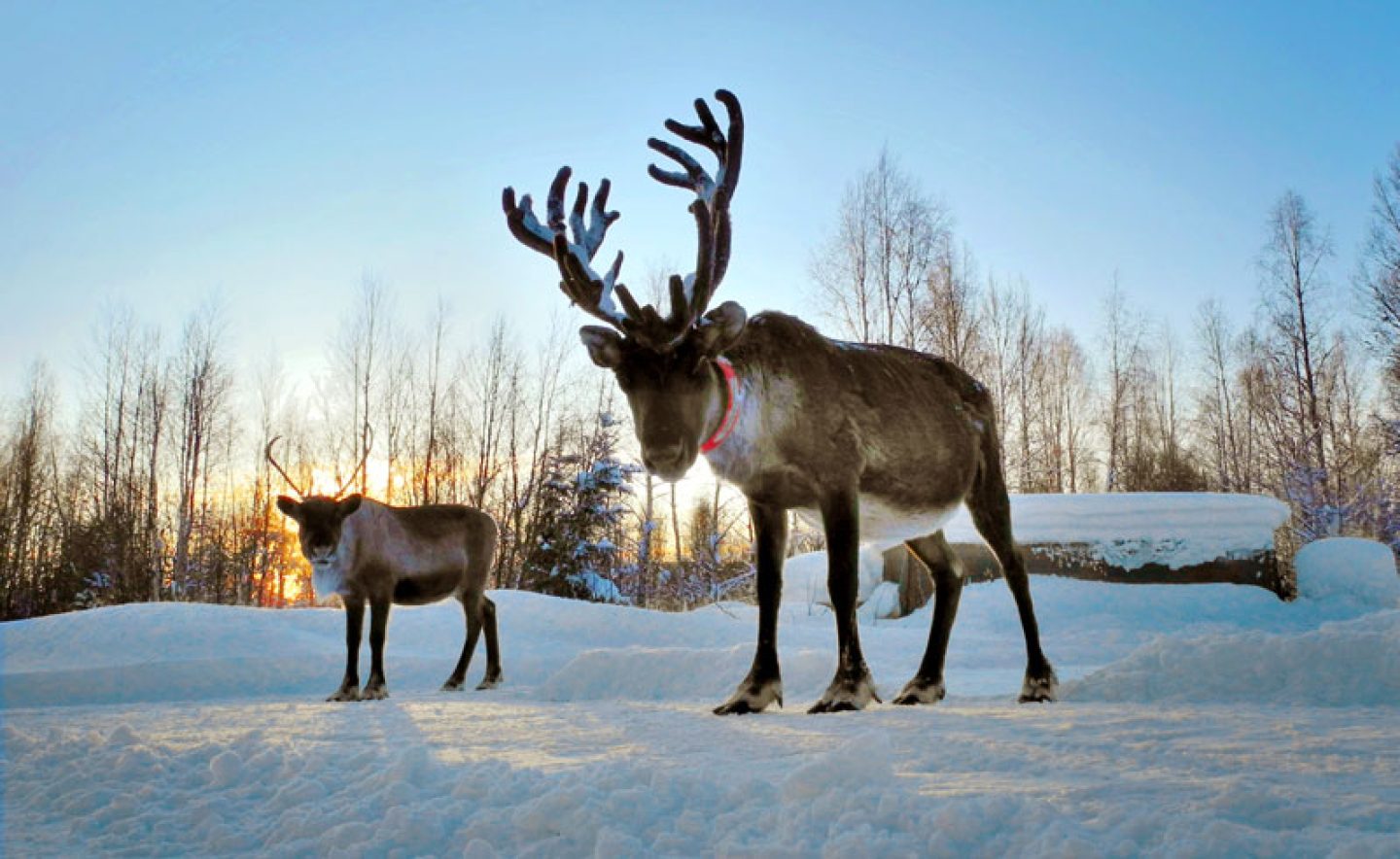
Feeling Inspired?
Meet Lennart on tailor made journey around Swedish Lapland and immerse yourself in the winter wonders of this magical place.

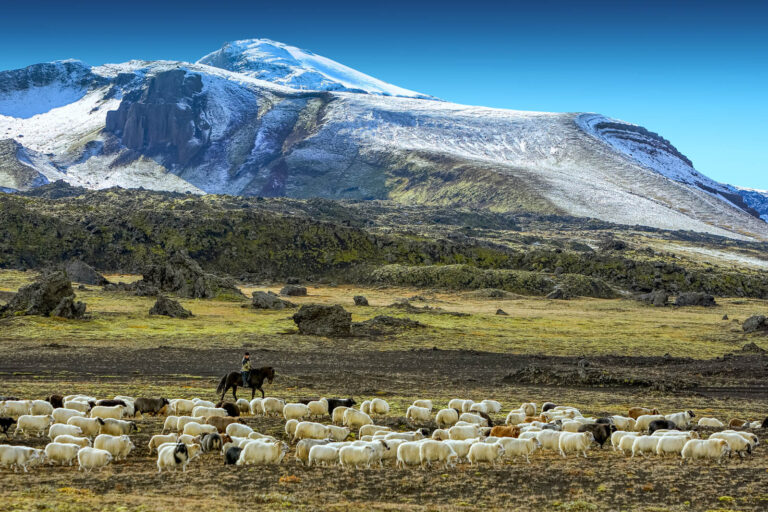
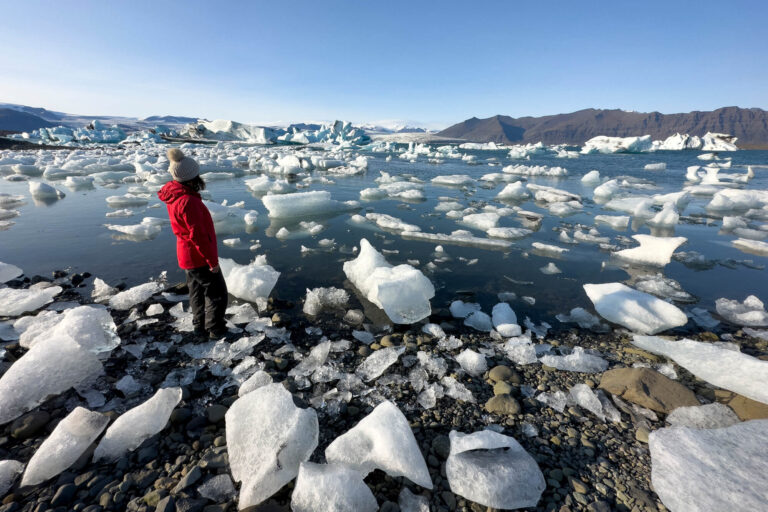



 Instagram
Instagram
 Facebook
Facebook
 YouTube
YouTube